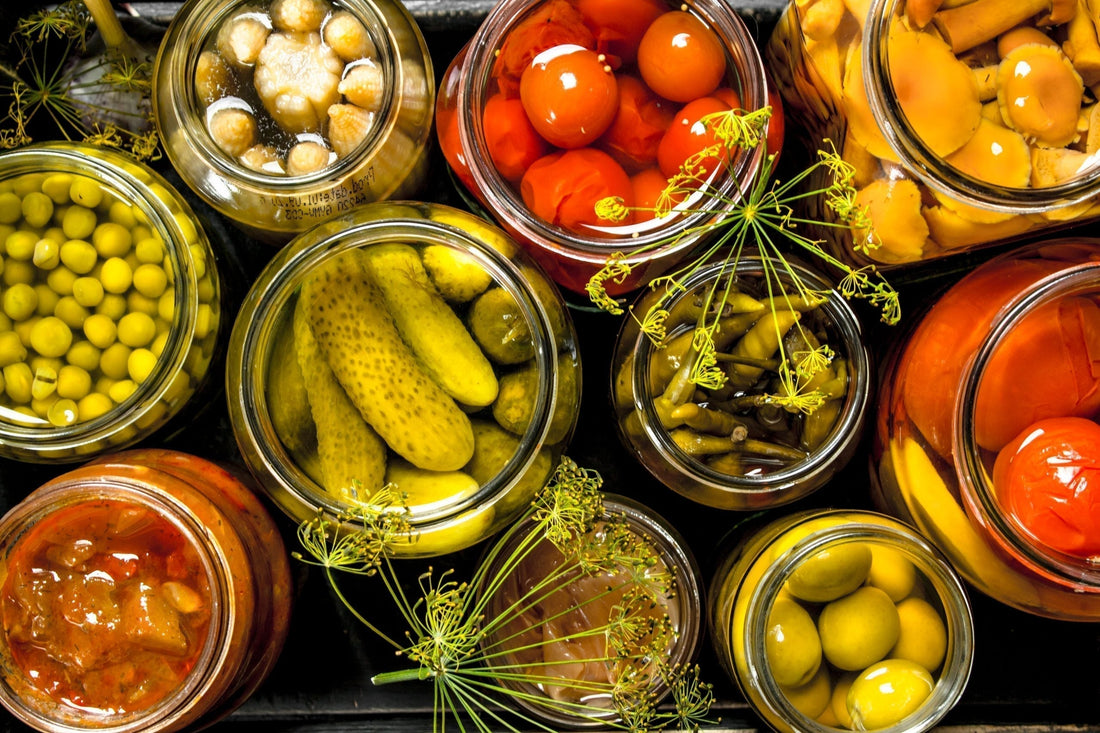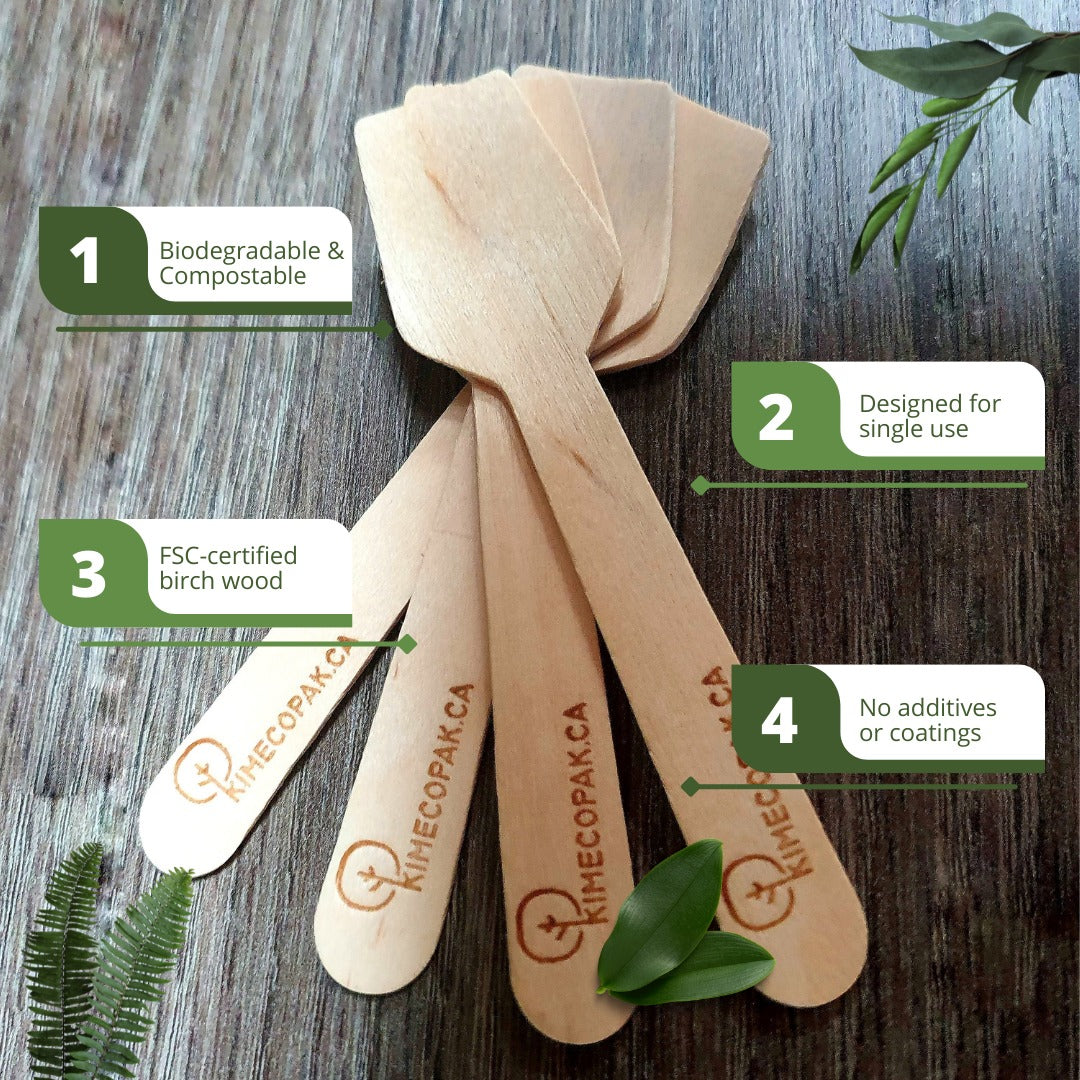Pickles are a beloved staple in many households, offering a tangy, crunchy addition to meals. However, understanding their shelf life and proper storage methods is crucial to maintaining their quality and ensuring food safety. This article explores how long pickles last, the best ways to store them, and how to tell if they’ve gone bad.
How Long Do Pickles Last?
1. Unopened Pickles
Unopened store-bought pickles have a long shelf life due to the high acidity and salt content in their brine. Typically, commercially packaged pickles can last 1-2 years beyond the printed expiration date if stored in a cool, dark place like a pantry.
2. Opened Pickles
Once opened, pickles should be refrigerated to maintain their quality. When properly stored, they usually remain good for 1-3 months. Some vinegar-based pickles may last even longer, while fermented pickles can continue to develop their flavors over time.
3. Homemade Pickles
Homemade pickles have a shorter shelf life since they often lack commercial preservatives. When refrigerated, homemade pickles typically stay fresh for 3-4 weeks, depending on the brining method and ingredients used.

Best Storage Practices for Pickles
Proper storage is key to extending the shelf life of pickles and preventing spoilage.
1. Storing Unopened Pickles
- Keep in a cool, dry place, such as a pantry or cupboard.
- Avoid exposure to direct sunlight or heat, which can degrade the quality.
- Ensure the jar remains sealed and airtight to prevent contamination.
2. Storing Opened Pickles
- Always refrigerate after opening to maintain freshness.
- Keep pickles fully submerged in their brine to prevent spoilage.
- Use a clean utensil when handling pickles to avoid introducing bacteria.
3. Storing Homemade Pickles
- Use sterilized glass jars with airtight lids.
- Store in the refrigerator immediately after preparation.
- Consume within a month for the best taste and texture.
Signs That Pickles Have Gone Bad
Even with proper storage, pickles can eventually spoil. Here’s how to tell if they’re no longer safe to eat:

1. Unusual Color Changes
If pickles develop a dark brown or cloudy appearance, it may indicate spoilage. Any mold growth inside the jar is a clear sign that they should be discarded.
2. Bad Smell
Pickles should have a strong but pleasant vinegar or brine smell. A foul, sour, or rotten odor suggests bacterial contamination.
3. Slimy or Mushy Texture
Fresh pickles should be firm and crisp. If they become slimy, mushy, or overly soft, they are likely spoiled.
4. Bubbly or Cloudy Brine
A small amount of cloudiness is normal in fermented pickles, but excessive bubbling or an unexpected film on the surface may indicate contamination.
Homemade vs Store-Bought Pickles: Which Lasts Longer?
1. Homemade Pickles
- Pros: Custom flavors, free from artificial preservatives.
- Cons: Shorter shelf life, requires refrigeration.
2. Store-Bought Pickles
- Pros: Longer shelf life, convenient storage.
- Cons: May contain preservatives and added sodium.
While store-bought pickles last longer due to commercial processing, homemade pickles provide a fresher and more natural option.

Are Expired Pickles Safe to Eat?
If pickles look, smell, and taste normal, they may still be safe even past their best-before date. However, any signs of spoilage—such as mold, off-odors, or texture changes—indicate that they should not be consumed. Eating spoiled pickles can lead to foodborne illness, so it’s best to err on the side of caution.
Conclusion
Pickles can last a long time with proper storage, but their shelf life varies depending on whether they are store-bought, opened, or homemade. Keeping them sealed, refrigerated, and submerged in brine helps maintain their freshness. Always check for changes in appearance, smell, and texture to determine if pickles are still safe to eat.
By following these tips, you can enjoy pickles at their best quality while minimizing food waste.







